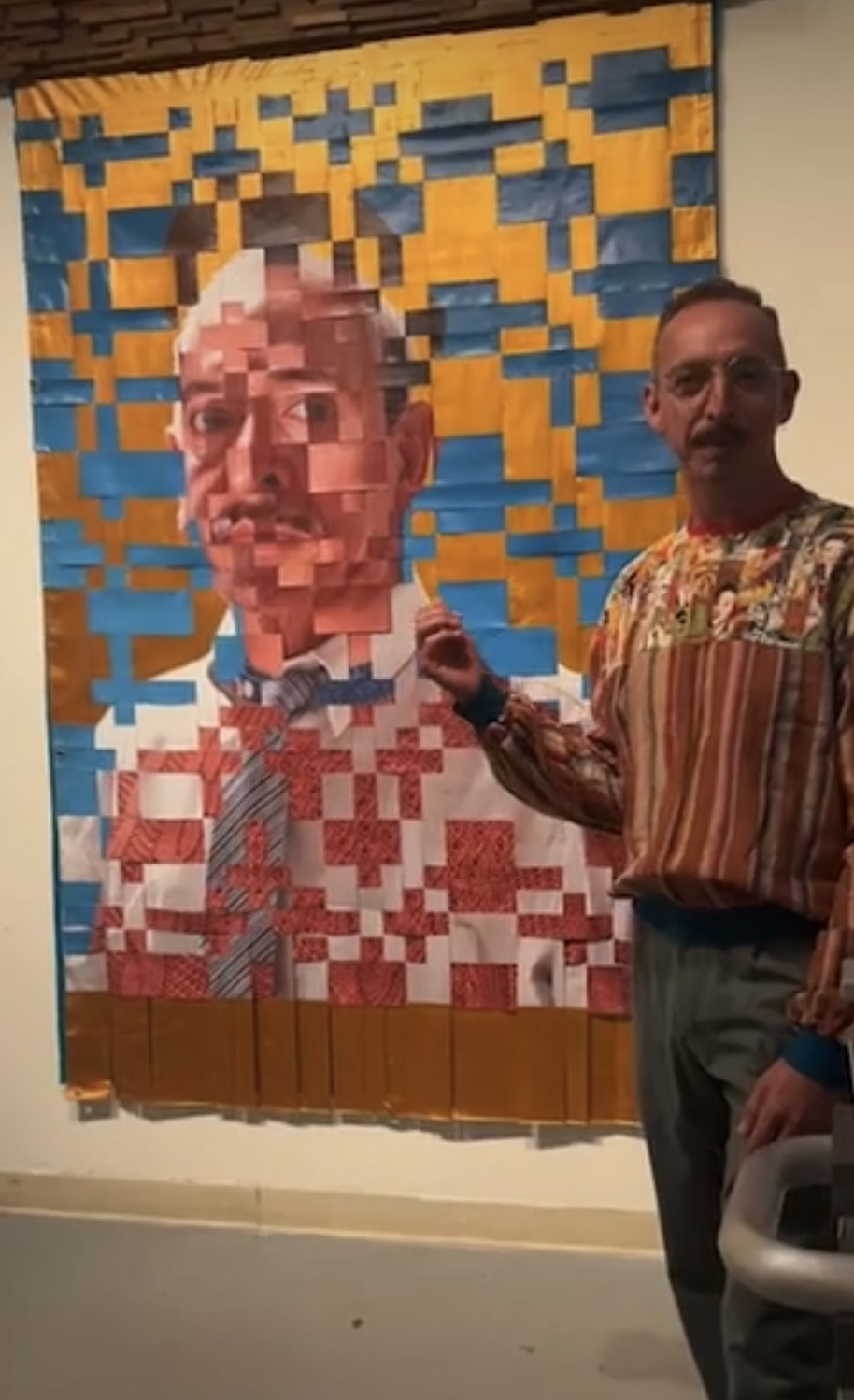Curatorial Activism Defined
Curatorial activism refers to organizing a group of artists, shared ideas, and general themes to advocate for social change. The primary goal of this practice is to challenge established power dynamics within the art world. Within Kimberly Drew’s memoir, "This is What I know About Art,” she recalls questioning what “museums even do?” to show what inspires curatorial activism at its core (Drew, 38). Her curiosity underlines the limited visibility for people of color within the arts, and how the exclusionary measures being taken can lead to a feeling of hopelessness. An activist approach, like Kimberly Drew’s, often emphasizes the inclusion of marginalized voices, artists exposed from underrepresented racial, gender, or cultural groups, whose work has historically been overlooked. By advocating in such a way, one’s work captures “what would happen” if one “did not want” to go to a museum, show, or any exhibit relating to art (Drew, 38). Curatorial activism seeks to reframe dominant “master” narratives, fostering dialogue around social dilemma, and inspiring audiences to reconsider traditional perspectives within art and society.
Latin Lens Report
In this showing of thirteen contemporary photographers on the east coast, curator Natali Bravo Barbee captures the essence of Latin American diaspora. Some photographers chosen were born in other countries, while some were born in America. To convey multiple perspectives for her audiences, she investigates themes like family, environment, and dialogue shared through the perseverance of Latin blood. During her introductory speech, Barbee describes her showing as “usual suspects,” who are not typically seen together due to hardships like migration, and cultural bereavement. By exploring these themes, Barbee demonstrates an activist showing and desire to show the unseen “contemporary aboriginal art” (Reilly). Latin Lens depicts those separated by cultural displacement yet unified through the persistence of shared ancestry.
Having the inner desire to find an escape through nature is also explored by Jacqueline Herranz Brooks. With their “All is There to See” series, they began to take pictures while strolling through Forest Park, in Queens, New York, documenting iPhone pictures of their surroundings in turn. Around each picture’s location is a QR code to scan and hear Jacqueline’s recordings in real time, along with the option to write back a shared experience via postcard. Brooks’ creative intuition revolves around active interplay, which is crucial to liberate a post-colonial society longing to break free from assimilationist culture.
In Latinx culture, family, environment, dialogue, and many other factors beyond the confines of this report serve as powerful representations of the community's struggles. While “it is evident that” bigotry and discrimination “have become so insidiously woven into the institutional fabric [,]” curators like Barbee and the Latin Lens’ artists shed light to trickle down generations and time (Reilly). The centrality of this exhibition reflects the importance of collective strength in overcoming adversity, the environment represents expulsion, and survival. Dialogue, both in terms of aesthetics and storytelling, captures the dualities of identity, and resistance serving as a means of preserving heritage. Together, these artists form a narrative of struggle and perseverance, essential to understanding the Latinx experience.
Works Cited
Drew, Kimberly. This Is What I Know about Art. Penguin Workshop, 2020.
Reilly, M. (n.d.). TOWARD a CURATORIAL ACTIVISM. Western Art – It’s a White Male Thing, 1. https://www.maurareilly.com/pdf/essays/CIAFessay.pdf



No comments:
Post a Comment